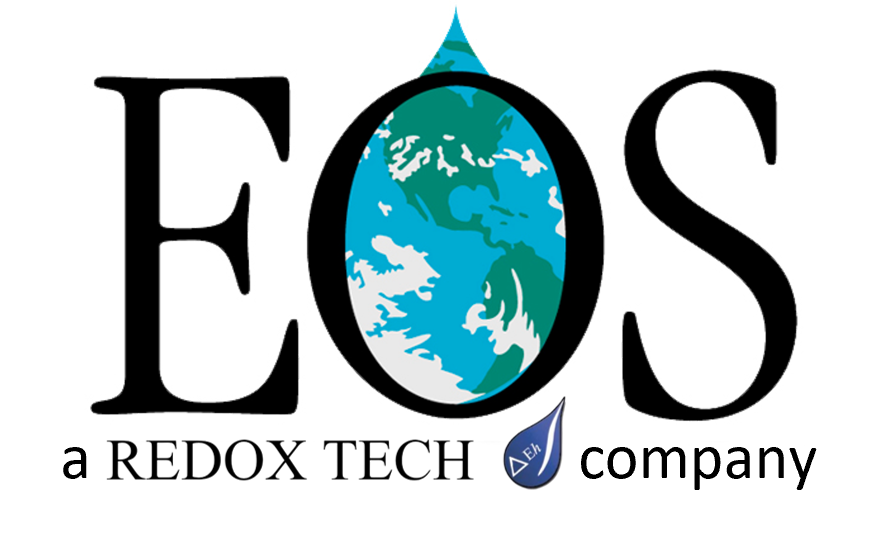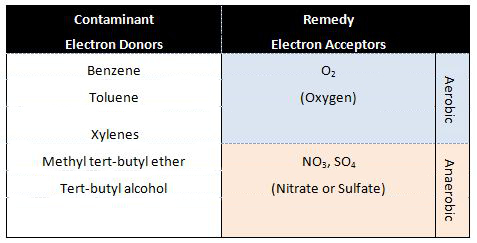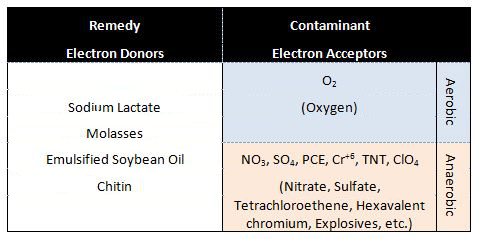WHAT IS BIOREMEDIATION?
Bioremediation is a cost-effective, sustainable, natural approach to cleaning up contaminated soil and groundwater through the use of biological agents such as bacteria, microbes, fungi, and other organisms of their enzymes.
The process of bioremediation requires two key components:
1) Electron Donor: typically hydrogen which can be derived from a carbon source such as vegetable oil, lactate, or petroleum-based contaminants
2) Electron Acceptor: a respiring agent like oxygen, although many microorganisms are capable of using other agents such as nitrate, sulfate or even a chlorinated solvent (PCE or TCE)
Contaminants can fill either role of electron donor or electron acceptor. For example a petroleum based hydrocarbon could be a usable carbon source for certain bacteria, similarly a chloringated solvent such as tetrachloroethene (PCE) could be utilized by a different strain of bacteria as an electron acceptor.
A critical understanding in the success of a bioremediation project is determining the role of the contaminant at the site and what key component is required to foster bioactivity. Below are two tables illustrating some common examples of electron donors and acceptors.
If the correct components are available at a contaminated site, the process of bioremediation can occur naturally with no human intervention. This is known in the industry as monitored natural attenuation (MNA) because all the components needed for cell growth and reproduction are present and bioremediation occurs without outside stimulus.
When an electron donor or acceptor are lacking, often biostimulation is an option to provide the missing component. And when the microorganisms themselves that perform these reactions are not present, bioaugmentation can allow the reaction to continue and facilitate bioremediation.
Biostimulation: The addition of nutritional amendments to increase microbial metabolism and to encourage biodegradation (often organic compounds, e.g. EOS indigenous microbes present, but substrates and/or nutrients are limited and must be added to foster bioactivity).
Bioaugmentation: the addition of beneficial microorganisms to improve the rate or extent of biodegradation (e.g. Indigenous microbes not present or in low quantity so organisms are added).


